D-Day Valentine tanks in Studland Bay added to at-risk register
- Published
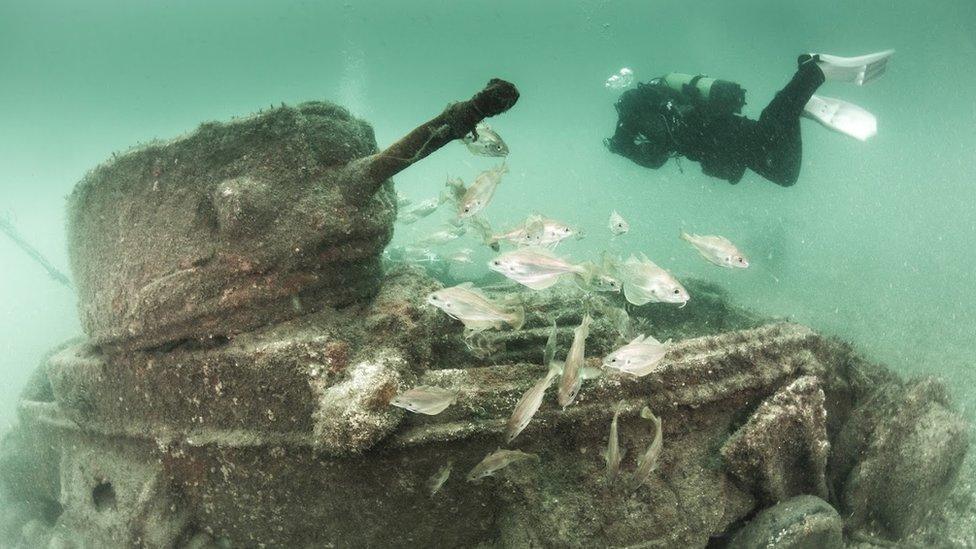
The Valentine tanks sank in Studland Bay in 1944
Seven Army tanks that sank off Dorset during D-Day training have been added to the Heritage at Risk Register.
The Valentine tanks sank in Studland Bay during Exercise Smash in April 1944, killing six men.
The site is one of four that have been added to Historic England's register in Dorset. The others are Castle Hill in Cranborne, external, Earthwork at Shipton Gorge, external and Dudsbury camp in West Parley, external.
Thirty-seven Dorset sites have been saved, including Tolpuddle Old Chapel.
It was built in 1818 and used for worship by four of the six agricultural workers who were to become the Tolpuddle Martyrs - a cause popular for the early union and workers' rights movements.
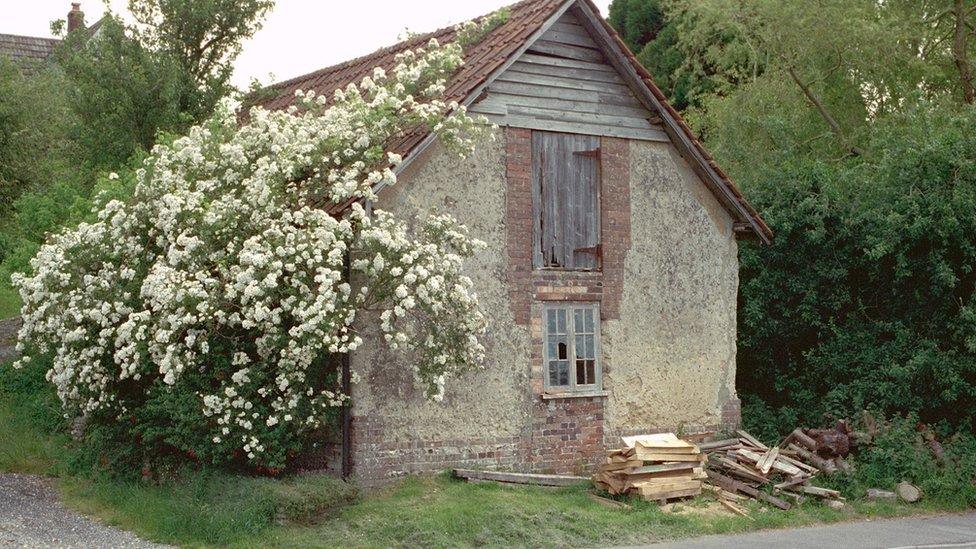
The chapel has been on the Heritage at Risk Register for 25 years
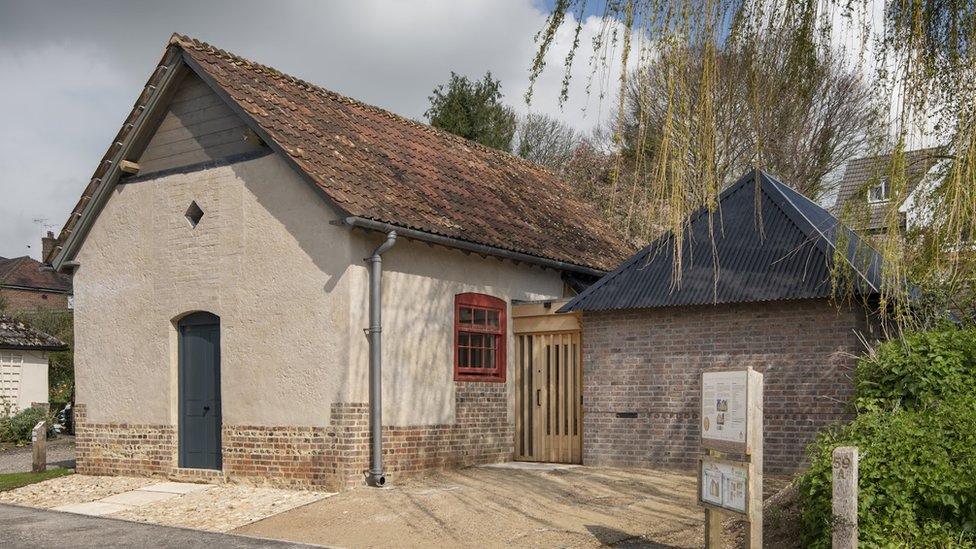
The building reopened this summer after a nine-year revamp
George Loveless, James Loveless, John Standfield, and Thomas Standfield used the chapel. The other men were James Hammett and James Brine.
The chapel has been on the Heritage at Risk Register for 25 years and reopened this summer after a nine-year regeneration project.
Nationally, 159 sites have been added to the register over the past year.
The Valentine tank was an infantry support tank produced in the UK during the World War Two.
Divers have previously mapped the history of the Valentine tanks
Six weeks before D-Day, troops gathered in Studland to rehearse the Normandy landings during Exercise Smash - including the testing of the amphibious Valentine tanks, which had waterproof canvas screens around them.
Charles Robert Gould, Victor Hartley, Albert Victor Kirby, Arthur Jackson Park, Earnest Granville Petty and Victor Noel Townson, of the 4th/7th Royal Dragoon Guards, lost their lives.
The assemblage is a scheduled monument and has become a popular recreational diving site and marine habitat.
However, Tank 1 sustained "irreparable" damage in 2022, causing a "negative impact" to the site, Historic England said.

Valentine tanks had canvas screens around them
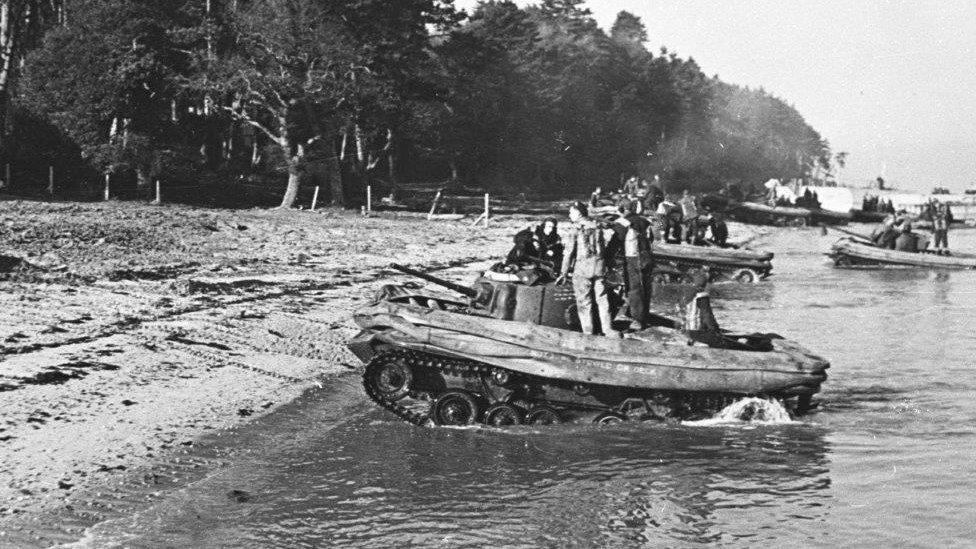
The amphibious tanks came from a need to provide cover for soldiers as they mounted their first attacks on enemy land
"It is believed that a vessel, whilst carrying out an unauthorised operation, lifted the sinker to which the buoy marking the site was attached and this struck the turret of Tank 1, knocking it off the hull of the vehicle, exposing the interior and contents of the hull, and damaging a section of the tracks," it added.
"The Valentine Tank Assemblage has been added to the register because the damage caused to Tank 1 is considered to be a criminal offence and is subject of a police investigation."

Follow BBC South on Facebook, external, X, external, or Instagram, external. Send your story ideas to south.newsonline@bbc.co.uk, external.
Related topics
- Published31 March 2019
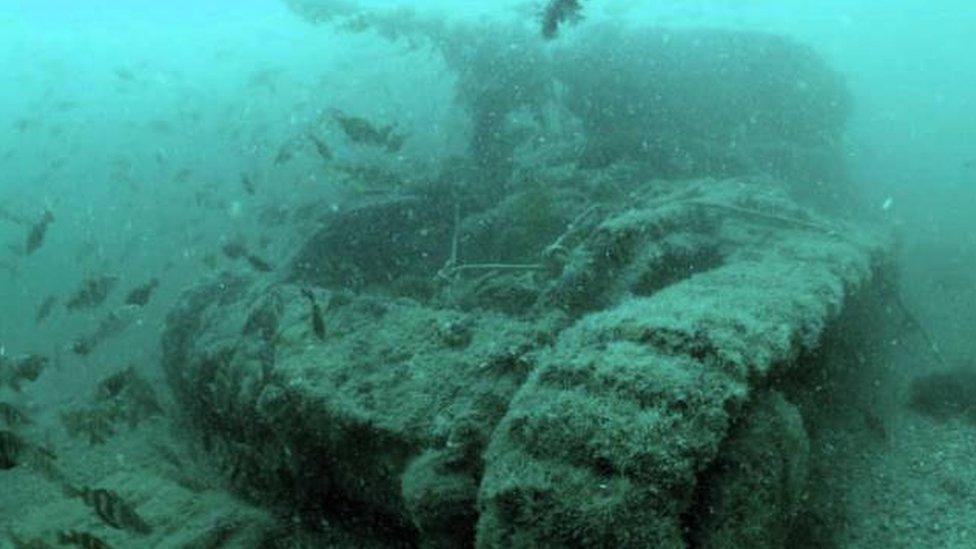
- Published4 April 2017
